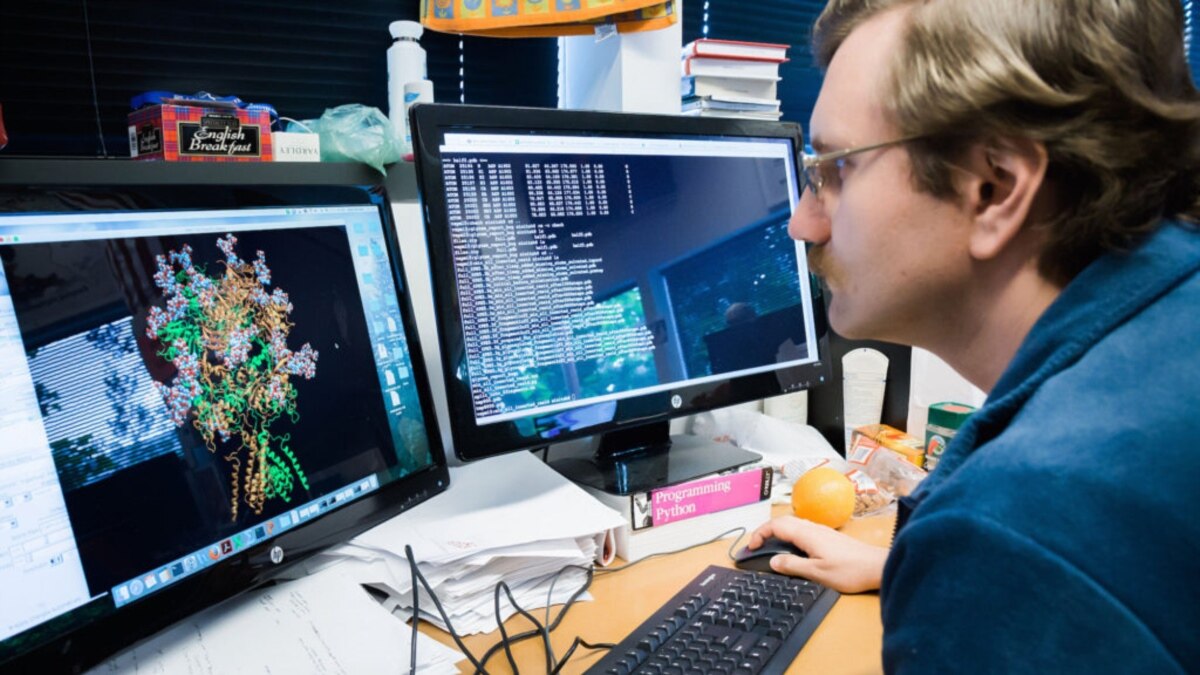- Продукция
- Встраиваемая вычислительная техника
- Интеллектуальные Сети
- Интеллектуальные системы
- Передовые решения в области видео
- Промышленная автоматизация
- Промышленные монтажные решения
- Сертифицированные компоненты
- Сетевые и Коммуникационные решения
- Цифровая Логистика
- Цифровое Здравоохранение
- Цифровые магазины и гостиницы
- О компании
- Новости
- Контакты






